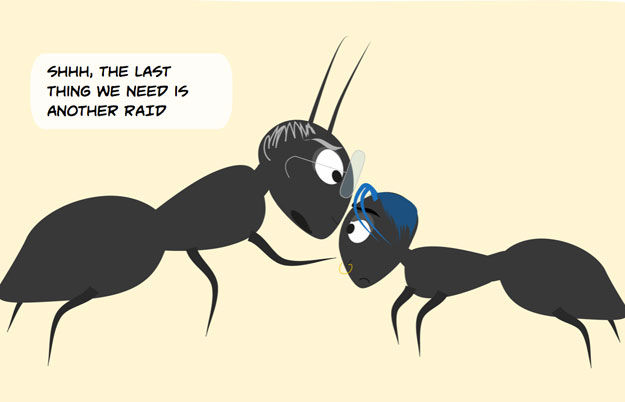David Gibson, wayfinding expert and author of The Wayfinding Handbook: Information Design for Public Spaces, spoke to our user experience class a few weeks ago. After his presentation on how he and his team design wayfinding experiences, we had an interesting discussion around GPS navigations systems. A classmate told a story of how his friend, new to NY, a year later still didn’t know where anything in the city was. He used Google Navigation to get anywhere. His face stuck on his phone, he spent all his journeys, long or short, watching his blue location arrow advance and made sure it followed the glowing digital path laid out for him.
The awesome thing about GPS navigation systems is that you’ll never get lost. There are even algorithms for travelling the shortest route, the cheapest route, or the route with less traffic. But the thing that sucks about GPS Navigation is also that you’ll never get lost. Following bullet pointed, step-by-step directions takes away from the opportunity to discover things on your own. Continue reading
